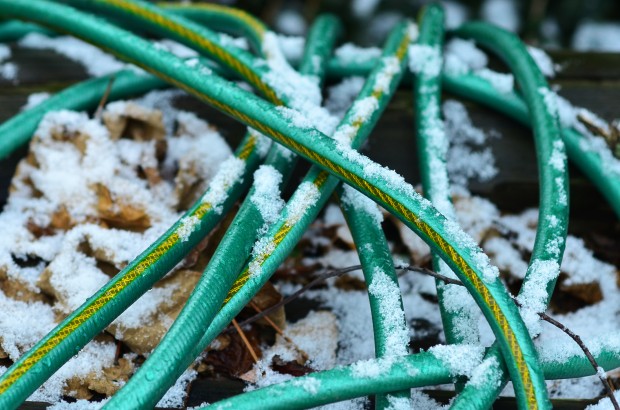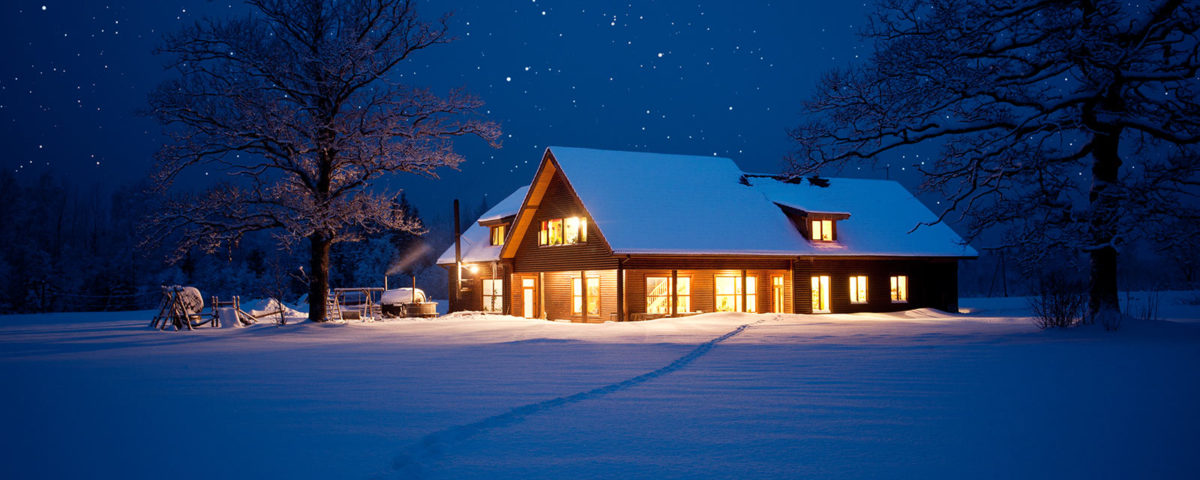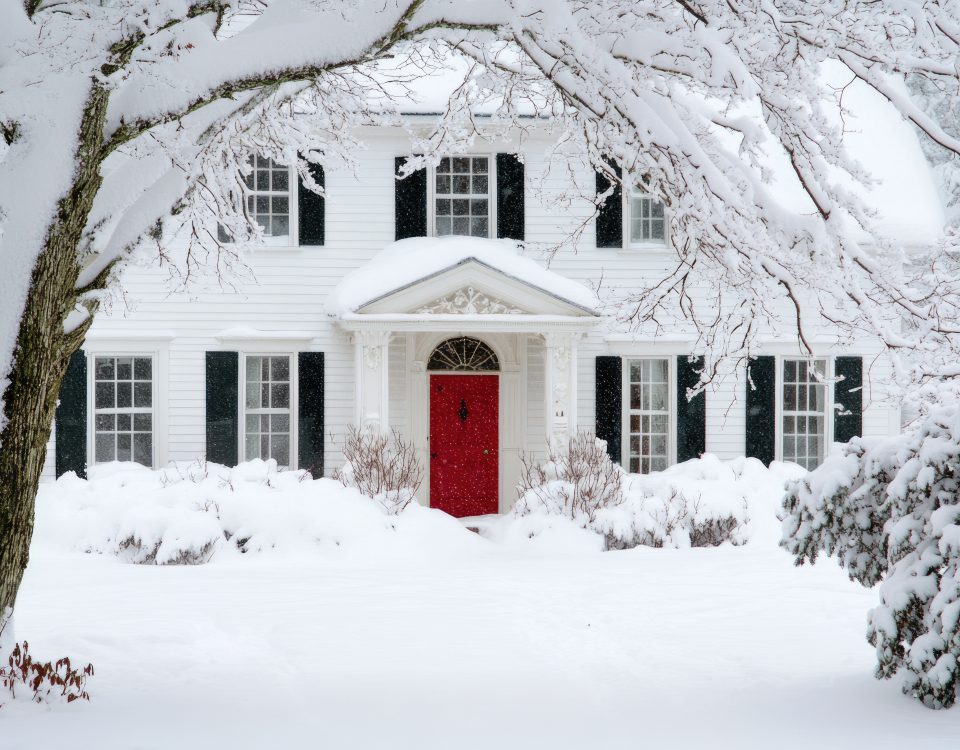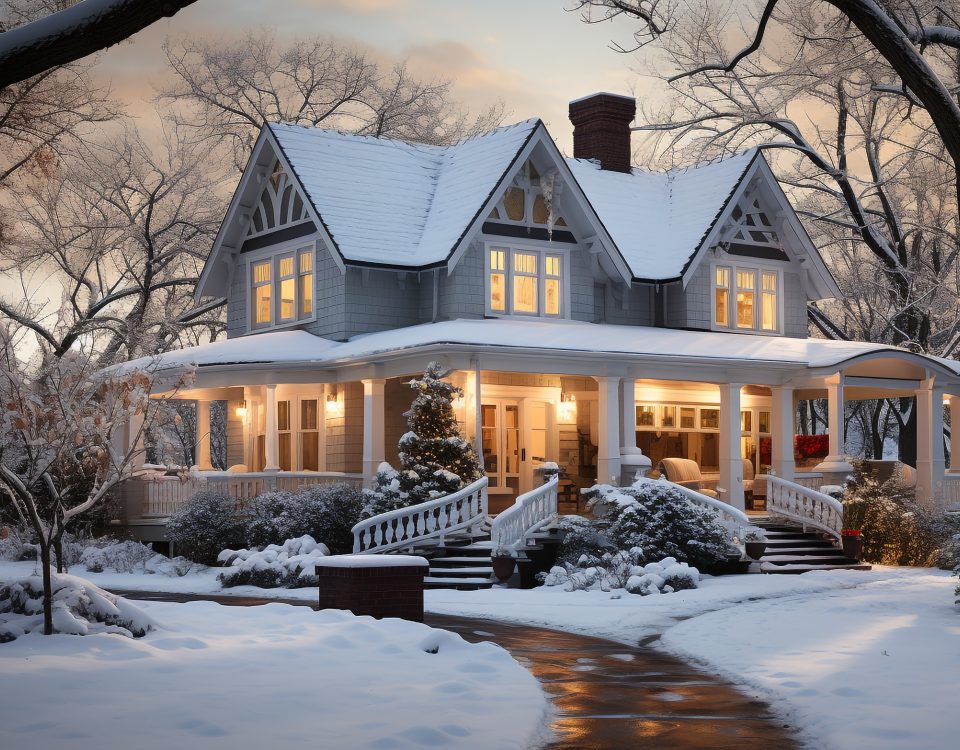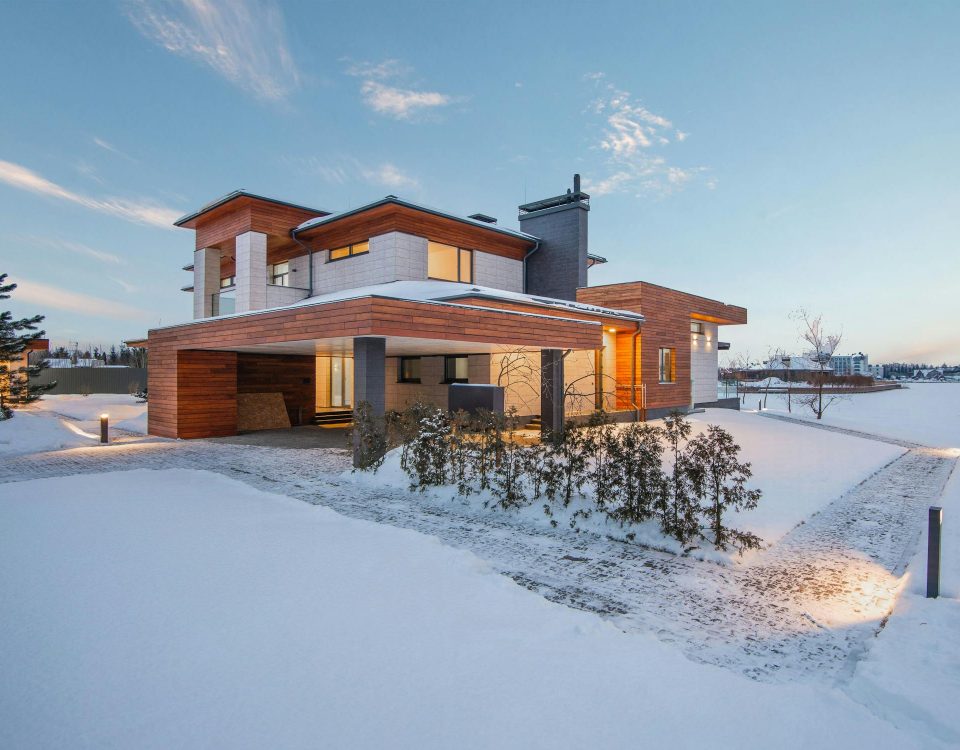Prepare Your Home for Winter

Ottawa’s Top 10 Spooooky Halloween Events
October 25, 2018
5 Staging Tips to Sell Your Home This Holiday Season
November 27, 2018Preparing Your Home for Winter
As sad as it is to say… winter is on its way here in Ottawa. We have already had our first snowfall and Ottawa citizens are scrambling to get their summer tires changed to winters. I don’t know about you, but once the day starts getting dark at 5pm – I just want to crawl under my sheets and hibernate! Unfortunately, as humans we have a lot more responsibilities than bears, so we make it work. I mean – Christmas is just around the corner, right?
With the seasons changing, there are a few key things you should do to start getting your home ready for the negative temperatures and heavy snowfalls. We have compiled a simple checklist to help you prepare your home for the long winter months.
Remove window A/C units and cover the space
By the beginning of November, this super fun task should probably have already been done about a month ago. But, if you are anything like me… moving a 70lb air conditioner unit has fallen to the bottom of your to-do list. When the temperatures start dropping, heat can escape through the panels on the A/C and the chassis. Cold air can also seep in through the cracks around the unit. Once the unit has been removed, be sure to drain it for any water, and remove any debris, and wipe the internal surfaces clean. Be sure to store the unit in an upright position in a dry area. If the unit is stored on its side or upside down, you could damage the compressor and it may not work as well due to the unit attempting to operate without the lubricant flowing back to the compressor. Once the A/C has been safely removed from the window and in its designated storage place, it is time to seal the gaps. Most window air conditioners come with a cover or plastic sheeting. Be sure to cover the hole effectively with a caulking gun to prevent air and rainwater from seeping inside.
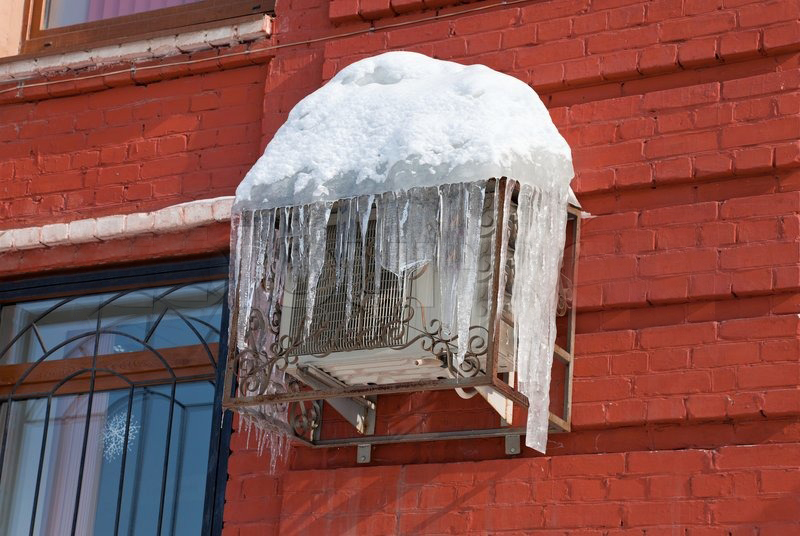
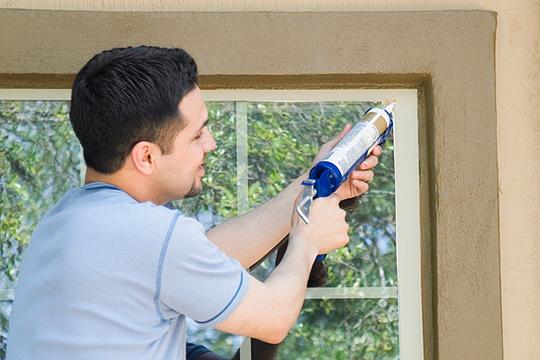
Inspect all windows and doors for leaks
This time of year is a good time to go around your windows and doors to make sure that air and/or rainwater are not coming in through leaky gaps from the outdoors. You should check the weather-stripping around your windows and door frames and replace where necessary. Be sure to caulk both inside and outside if you do encounter any leaks. There may also be gaps around pipes, wires, attic hatches or vents and fans. Depending on the age of your home, your basement windows may be older than the rest and there could be air seeping in there as well. Windows with wood frames are most likely more than 20 years old and gaps may be forming around them. When purchasing a home, it is a good idea for your Realtor to take you down to the basement, so you can be made aware of things like this before you make your purchase. The agents at the Susan & Moe Team do a thorough walk-through of homes when doing showings and they will advise you on the age of windows, roof, furnace, etc.
Have your furnace professionally serviced
A routine maintenance check should be done each autumn to help ensure that your furnace is running properly and efficiently. The middle of winter is the absolute worst time for something to go wrong with your heat source, so it is really a no-brainer to make sure this isn’t going to happen. A maintenance technician will clean your heating system to improve efficiency and save money. They also check all of the controls for safety and they make sure that the system is running at its utmost operating performance. There are many more checkups that your technician will do, and it is so worth it to have a technician come out every autumn. If you have an older thermostat, you may want to look into updating it to a smart thermostat to help you save money on heating costs. Smart thermostats are not only programmable, but you can also control them from anywhere from your smart phone. Perhaps you left the house in the morning when it was -10 and left your heat blasting only to find out that midway through the day the temperature had risen to +5 (we’re in Canada – anything can happen), having the convenience of being able to switch the temperature at any time can save on heating costs. Technology is getting smarter, so we might as well benefit from them! For a great list on the smartest gadgets for your home, check out our blog post:
https://www.susanandmoe.com/gadgets-for-your-home/
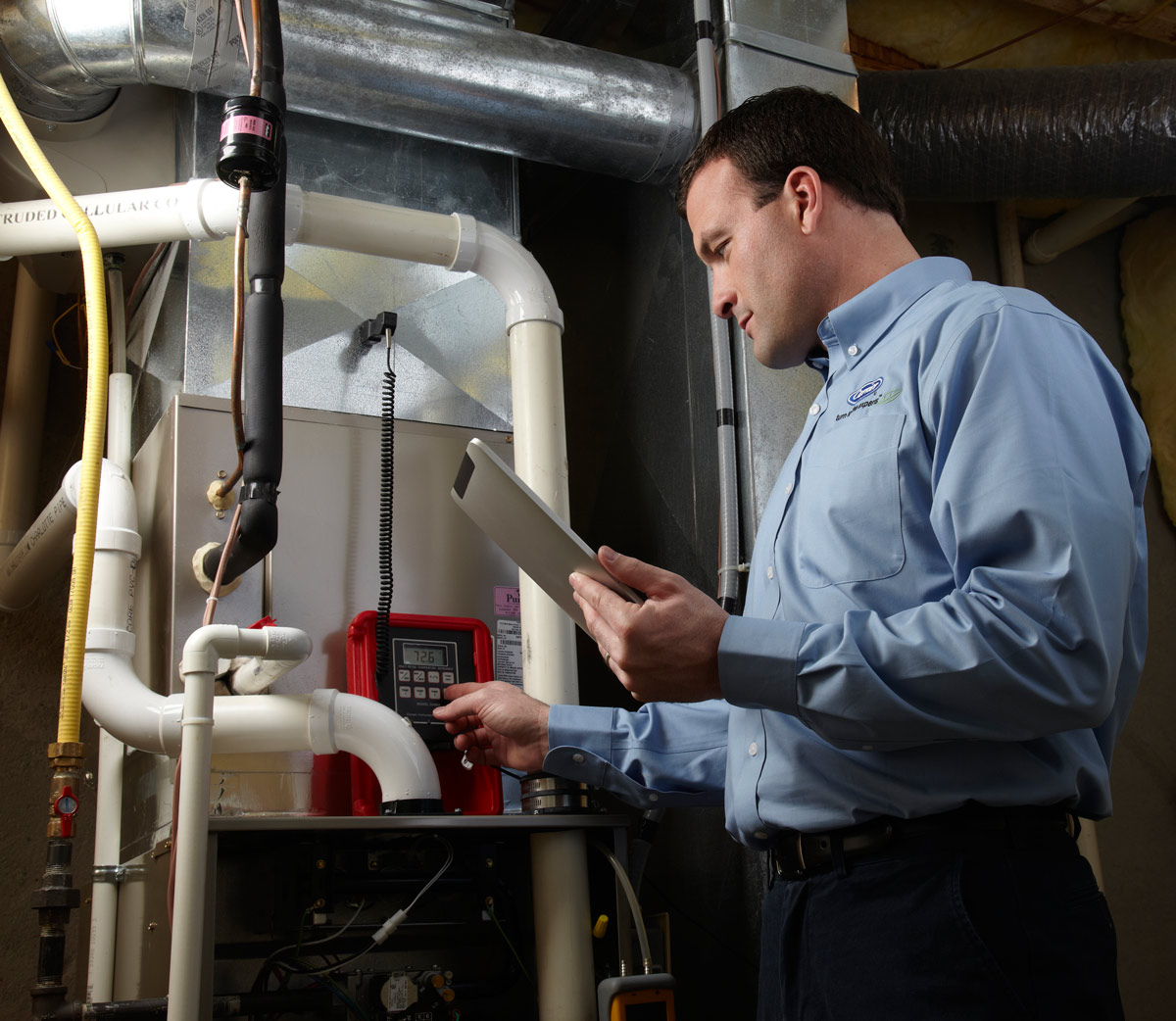
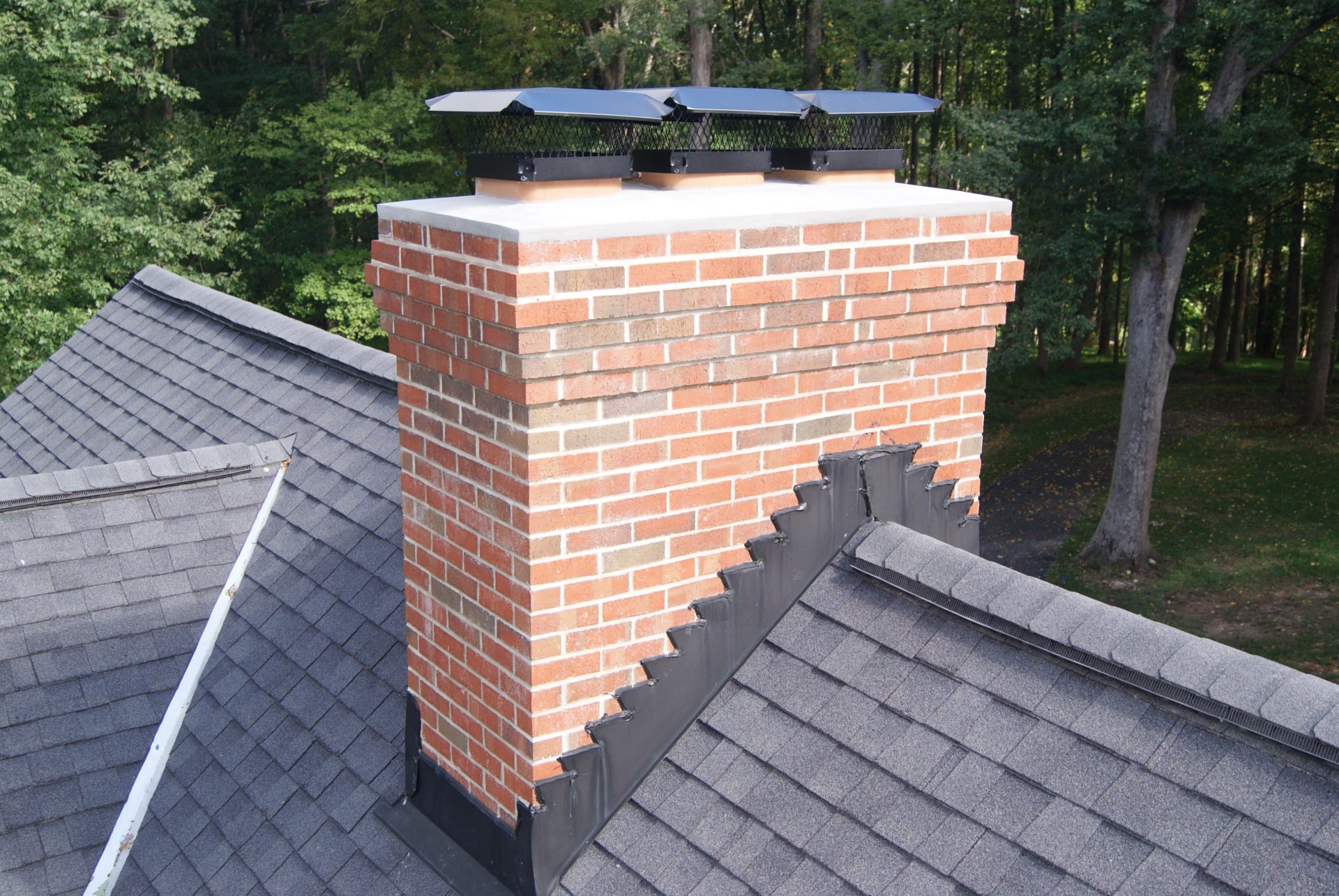
Sweep that chimney!
Obviously, the main reason to do this is so that Santa has a nice clean path on his way down to deliver presents, but there are also other benefits to sweeping your home’s chimney. Before using your fireplace, you should make sure that your chimney and its vents are clean and in good condition. If you do have a fireplace, it is best to have a professional come out to look at it before “lighting it up”. A chimney sweeper will remove soot, blockages and built-up creosote from your chimney liner, firebox, smoke chamber and damper. Having your chimney professionally swept is a good thing to do in order to keep your home safe. If you use your fireplace often, the chances of a creosote build-up are higher and the substance is highly flammable and could produce a chimney fire. Birds and squirrels may also be nesting and blocking your chimney, be sure to hire a professional to come and remove any active nests in your chimney as you do not want to disturb nature.
Clean your gutters
Keeping your gutters clean can prevent unwanted leaks caused by the draining of rain and melted snow. Water damage repairs can be quite expensive and a quick gutter clean could save you thousands of dollars. It is best to clean your gutters once all of the leaves have fallen. Cleaning your gutters is a fairly easy task that you can do without the help of a professional. You should wear a shirt with long sleeves and rubber gloves and be sure to inspect your ladder before climbing up it. You should have a small plastic scoop of some sort to remove the debris with. A children’s sand shovel will work well if you can’t find anything else. It is best to lay a tarp down underneath your ladder for easy cleanup afterwards. Once all of the junk has been removed from our eaves, spray them with a garden house to give them a good cleaning. This is also a great way to spot leaks. Make sure that all downspouts are pointed away from your house and extend away at least 5 feet to keep from the water running towards your home and seeping into your foundation.
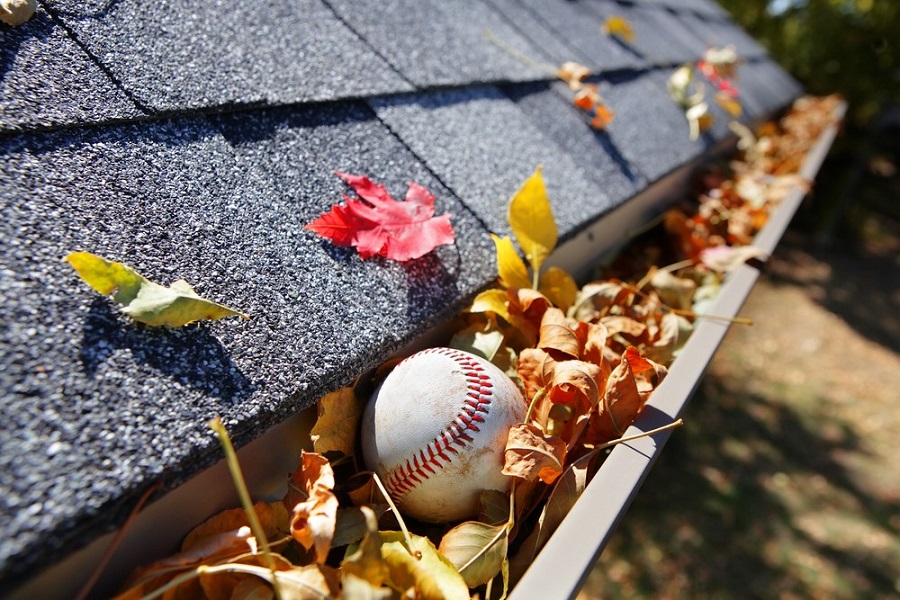
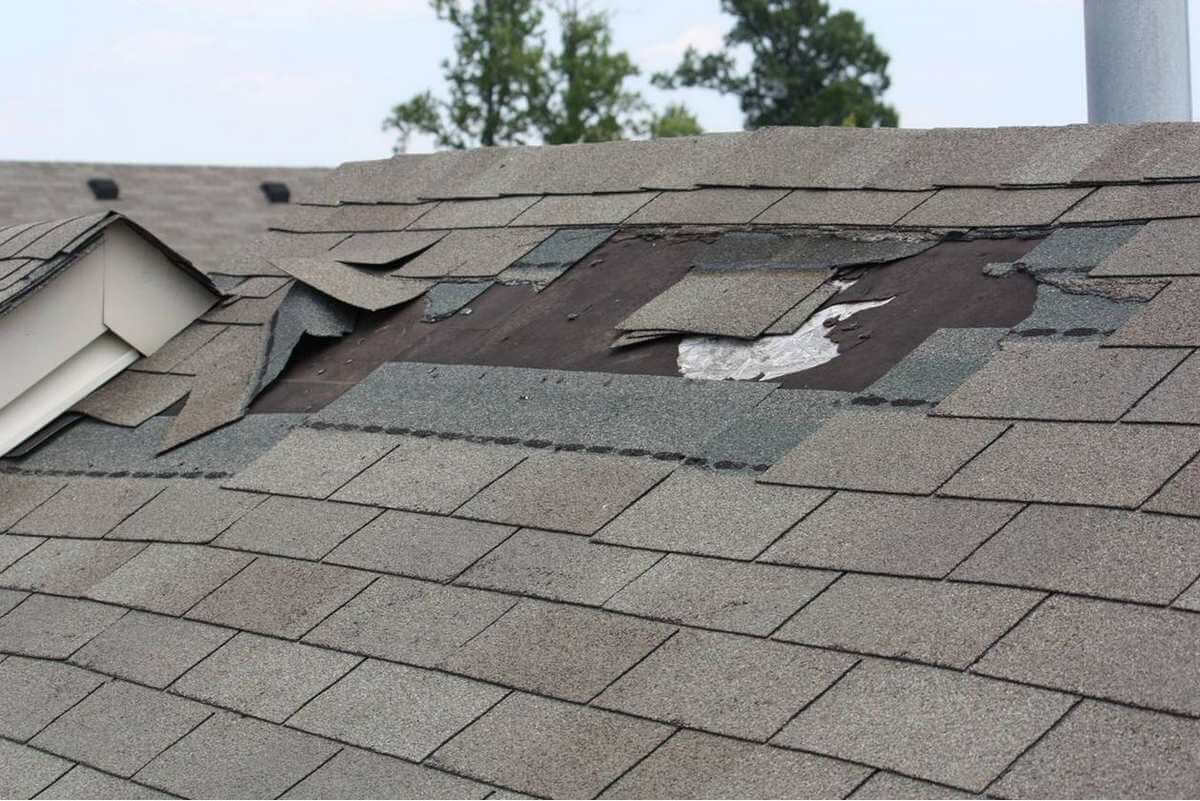
Check your roof
While you are up on your roof checking your gutters, you should probably take a look at your shingles as well. If you have an asphalt roof, you should check for dark patches where the roofing granules are missing. You should also look for any buckling, curled, warped, or missing shingles. If you see any sagging areas in your roof, it is probably time to call a professional to come and take a look. Another good idea is to go into your attic on a bright, sunny day and look for any spots where the sun is shining through. You should also take a flashlight and look for streaked or water-stained areas on the beams and trusses, these are sure signs of a leaky roof. If you do find roof damage, it is best to have it fixed before winter begins. Snow and ice can be very hard on your roof and sometimes ice can build-up and cause leakage in your roof and walls. It is best to do a full inspection of your roof and attic before the snow flies as trying to do those repairs in the middle of winter can be a tough chore.
Turn off any water sources that are kept outside
After you have used your garden hose to clean out your gutters, it is time to turn it off for the year. Failing to turn off your outdoor water faucets could cause pipes to burst, creating an expensive mess that you do not want to deal with in the dead of winter. Many outdoor faucets have an indoor shut off valve that allows you to drain the water from the outdoor section of the pipe. Locating these valves can be tricky, but they are usually in your basement, crawl space, or utility room. If you know where your water meter is, that could be the best place to check. Most valves are either round, metal knobs or straight handles about 4 inches long. Once the valve has been turned on, go outside and turn the hose on until the water stops flowing. This will release any water trapped inside the pipe and will reduce the chance of the pipe freezing and potentially bursting. Be sure to disconnect the garden hose from the outside faucet and let any remaining water drain out. Store your garden hose in a heated and protected place such as your basement or storage unit.
